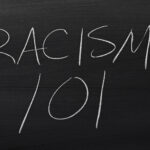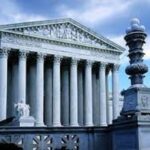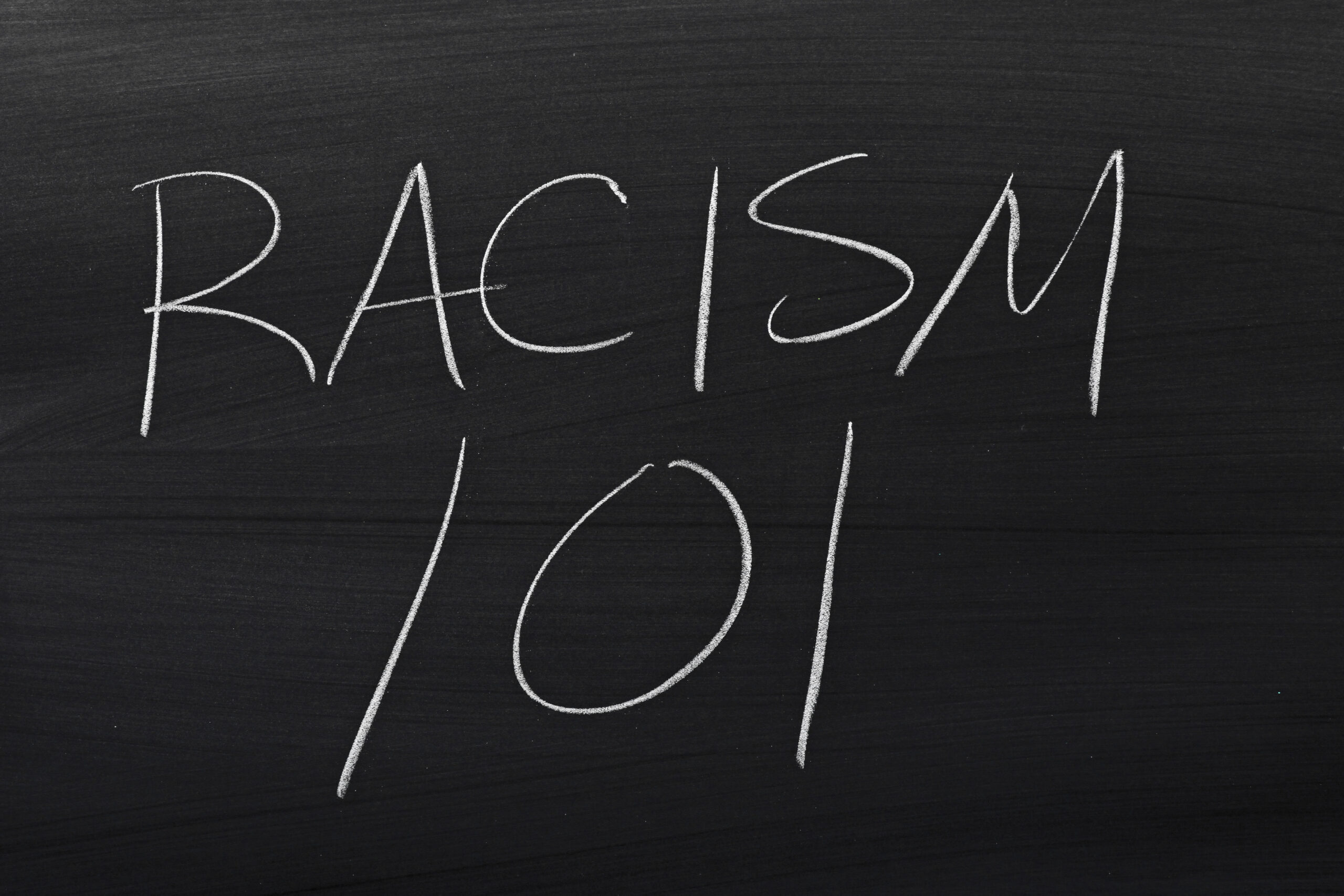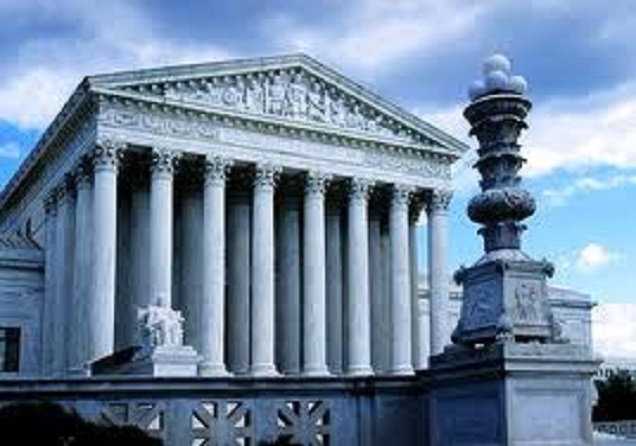To print this article, all you need is to be registered or login on Mondaq.com.
On April 12, 2024, the U.S. Supreme Court issued an important
decision in the case of Macquarie Infrastructure Corp. v. Moab
Partners, L.P., No. 22-1165. Justice Sotomayor, writing for a
unanimous Court, ruled that “pure omissions are not actionable
under Rule 10b-5(b).” In other words, a pure omission (i.e.,
where a speaker says nothing) cannot support a private claim under
Section 10(b) of the Securities Exchange Act of 1934 (the
“Exchange Act”) and Rule 10b–5, even if such an
omission could constitute a violation of Item 303 of Regulation S-K
(“Item 303”). The decision, which can be found
here, resolves a split among circuit courts, narrows the scope
of public companies’ liability for private rights of action
under federal securities laws, and is generally being regarded as a
significant win for publicly traded companies.
Background
By way of background, Macquarie Infrastructure Corp.
(“Macquarie”) owned and operated businesses in the
infrastructure sector, including a U.S.-based subsidiary that
operated “bulk liquid storage terminals,” which
“handle and store liquid commodities, such as petroleum,
biofuels, chemicals and oil products.”1 One of
those liquid products, “No. 6 fuel oil,” became subject
to a regulatory ban issued by the International Maritime
Organization (“IMO”). That regulatory action capped
sulfur content in shipping fuels at 0.5%, whereas the sulfur
content in No. 6 fuel oil is generally closer to 3%2.
Macquarie did not publicly acknowledge, through public disclosures
or elsewhere, that the IMO’s regulatory action could materially
and adversely affect its operations and financial performance.
Macquarie’s operations and financial performance did, in fact,
deteriorate as a result of decreased demand for No. 6 fuel oil and
its stock price fell by approximately 41%3. Moab
Partners, L.P. (“Moab”) and other investors initiated a
securities class action against Macquarie asserting claims under
Section 10(b) of the Exchange Act and Rule 10b–5 thereunder.
The plaintiffs alleged that Macquarie (as well as other defendants)
made material misrepresentations and omissions concerning the
anticipated impact that IMO’s regulatory action could have on
their financial results.
A key assertion in the litigation centered on Moab’s claim
that disclosures by Macquarie and its co-defendants were materially
false and misleading because they did not disclose the full extent
to which IMO’s regulatory action could materially and adversely
affect the defendants’ financial performance. The plaintiffs
averred that the defendants had a duty to disclose this information
pursuant to Item 3034, which requires the disclosure of
information concerning “any known trends or uncertainties that
have had or that the registrant reasonably expects will have a
material favorable or unfavorable impact on net sales or revenues
or income from continuing operations.”5
The U.S. District Court for the Southern District of New York
(“SDNY”) dismissed the plaintiffs’ complaint. But the
U.S. Court of Appeals for the Second Circuit reversed, holding that
“[t]he failure to make a material disclosure required by Item
303 can serve as the basis for [private] claims under . . . Section
10(b) [of the Exchange Act] if the other elements have been
sufficiently pleaded.” The Second Circuit’s ruling created
a circuit split with the Third, Ninth and Eleventh Circuits, which
had held that Item 303 does not involve a duty to disclose under
Section 10(b) and, on that basis, a violation of Item 303 does not
automatically expose a registrant to liability thereunder.
The defendants sought the U.S. Supreme Court’s review of the
Second Circuit’s decision, urging the justices to resolve the
split among the circuit courts and arguing that the Second
Circuit’s ruling was faulty because it constituted an expansion
of private rights of action under Section 10(b) and could
ultimately undermine public disclosures with companies incentivized
to over-disclose in order to protect themselves against liability,
thereby rendering meaningless the disclosures upon which investors
rely. For their part, the plaintiffs took the contrary view,
arguing that the Second Circuit’s decision did not expand
impermissibly private rights of action under Section 10(b) because
“plaintiffs must prove both a violation of Item 303 and all
the elements of Section 10(b)” claims.
Ruling
The U.S. Supreme Court granted certiorari and, after
hearing oral argument, resolved the question of whether the failure
to make disclosures under Item 303 can serve as the basis for a
securities fraud claim under Section 10(b) of the Exchange Act. In
its unanimous opinion authored by Justice Sotomayor, the Court
vacated the Second Circuit’s ruling, holding that “Rule
10b–5(b) does not proscribe pure omissions.” Instead,
Rule 10b–5 “prohibits omitting material facts necessary
to make the ‘statements made … not misleading,'”
which “requires disclosure of information necessary to ensure
that statements already made are clear and complete.” Put
differently, Rule 10b–5 “covers half-truths, not pure
omissions.” To explain “the difference between a pure
omission and a half-truth,” the Court analogized to “a
child not telling his parents he ate a whole cake and telling them
he had dessert.”6 Ultimately, the Court reasoned
that because Rule 10b–5(b) prohibits omissions only when a
defendant neglects to “state a material fact necessary in
order to make the statements made . . . not misleading,”
liability could not logically extend to pure omissions absent a
predicate statement.
In reaching that conclusion, the Court cites its prior ruling in
Matrixx Initiatives, Inc. v. Siracusano, 563 U. S. 27, 44
(2011), in which it found that “Section 10(b) and Rule
10b–5(b) do not create an affirmative duty to disclose any
and all material information. Disclosure is required under these
provisions only when necessary ‘to make … statements made, in
the light of the circumstances under which they were made, not
misleading.'”7 The Court also noted that
Congress “imposed liability for pure omissions in Section
11(a) of the Securities Act of 1933,” prohibiting “any
registration statement that ‘contain[s] an untrue statement of
a material fact or omit[s] to state a material fact required to be
stated therein or necessary to make the statements therein not
misleading.'”8 As a result, Section 11(a) is
the statutory mechanism that “creates liability for failure to
speak on a subject at all,” while neither Section 10(b) nor
Rule 10b–5(b) includes similar language. On that basis, the
Court concluded that “[n]either Congress in Section 10(b) nor
the SEC in Rule 10b–5(b) mirrored Section 11(a) to create
liability for pure omissions.”9
Finally, the Court rejected the plaintiffs’ argument that,
in the absence of expanded liability under either of Section 10(b)
or Rule 10b–5(b), “broad immunity [would result] any
time an issuer fraudulently omits information Congress and the SEC
require it to disclose.”10 On the contrary, the
Court found that “private parties remain free to bring claims
based on Item 303 violations that create misleading
half-truths” and “the SEC retains authority to prosecute
violations of its own regulations.”
Footnotes
1. Macquarie Infrastructure Corp. et
al. v. Moab Partners, L.P. et al., 601 U.S. ___ (2024) at
2.
2. Id.
3 Id. at 3.
4. Id.
5. 17 C.F.R. § 229.303(a)(3)(ii)
(2018).
6. Id. at 5.
7. Id. at 6.
8. Id.
9. Id.
10. Id. at 7.
The content of this article is intended to provide a general
guide to the subject matter. Specialist advice should be sought
about your specific circumstances.
POPULAR ARTICLES ON: Litigation, Mediation & Arbitration from United States
#SCOTUS #Ruling #Pure #Omissions #Actionable #Rule #10b5 #Trials #Appeals #Compensation










